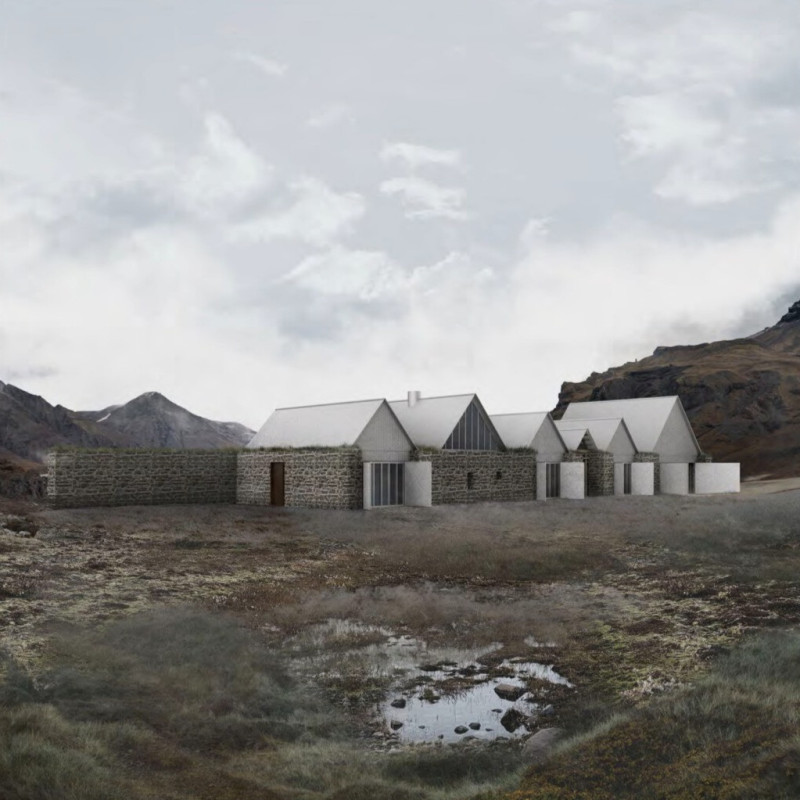5 key facts about this project
The design of this project places significant emphasis on creating spaces that serve both practical needs and foster human interaction. The layout facilitates an optimal flow of movement, ensuring that users can navigate the environment with ease. Key zones within the architecture are designed around core functions, accommodating a diverse array of activities while providing a sense of cohesion throughout. This approach reflects a modern understanding of how spaces influence social dynamics, encouraging collaboration and community engagement.
Materiality plays a crucial role in the project's essence, enhancing its aesthetic appeal and sustainability. The combination of concrete, glass, and timber not only responds to the visual language of the surrounding landscape but also optimizes energy efficiency. Concrete is often selected for its durability and structural integrity, while large glass surfaces allow for natural light to permeate the interiors, blurring the boundaries between inside and outside. Timber, on the other hand, adds warmth and texture, fostering an inviting atmosphere that enhances user experience.
The architectural designs also exhibit a distinctive articulation of form and function. The structure features an innovative roof that not only serves as a weather barrier but also integrates green technologies, such as solar panels, that contribute to the project's sustainability goals. This design choice illustrates a commitment to reducing environmental impact while promoting energy self-sufficiency. The roof’s contours are not merely functional; they also work in harmony with the overall aesthetic of the building, creating a dynamic silhouette that interacts with natural light throughout the day.
In discussing unique design approaches, the project incorporates passive design principles, which are increasingly relevant in today's architectural discourse. These principles prioritize natural ventilation, orientation, and landscaping, ensuring that the building responds dynamically to climatic conditions. This sensitivity to the environment enables a reduction in reliance on mechanical heating and cooling systems, thereby supporting a more sustainable lifestyle for its occupants.
Another noteworthy aspect of the project is its community-oriented philosophy. Spaces such as communal gathering areas, recreational facilities, and gardens are strategically integrated to promote social interaction and inclusivity. By providing these shared spaces, the design encourages a sense of belonging among occupants, further enriching the community fabric.
Ultimately, the architectural plans encapsulate an innovative vision that harmonizes functionality with aesthetic sensibility. This project is an invitation to reconsider not only how buildings serve their users but also how they contribute to the broader urban context. For those interested in gaining a deeper understanding of the detailed elements of this architectural design, including architectural sections and concepts explored throughout the project, an exploration of the project presentation is highly encouraged. Engaging with these elements will provide valuable insights into the architectural ideas that define this compelling design.


























